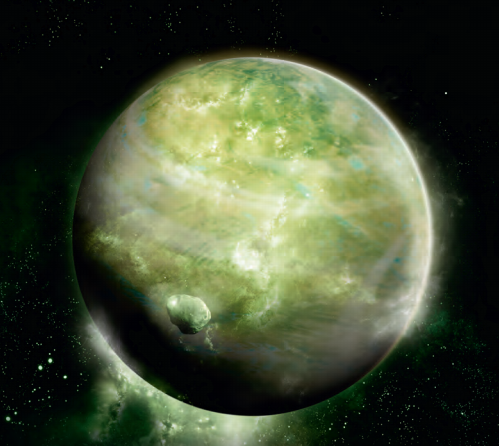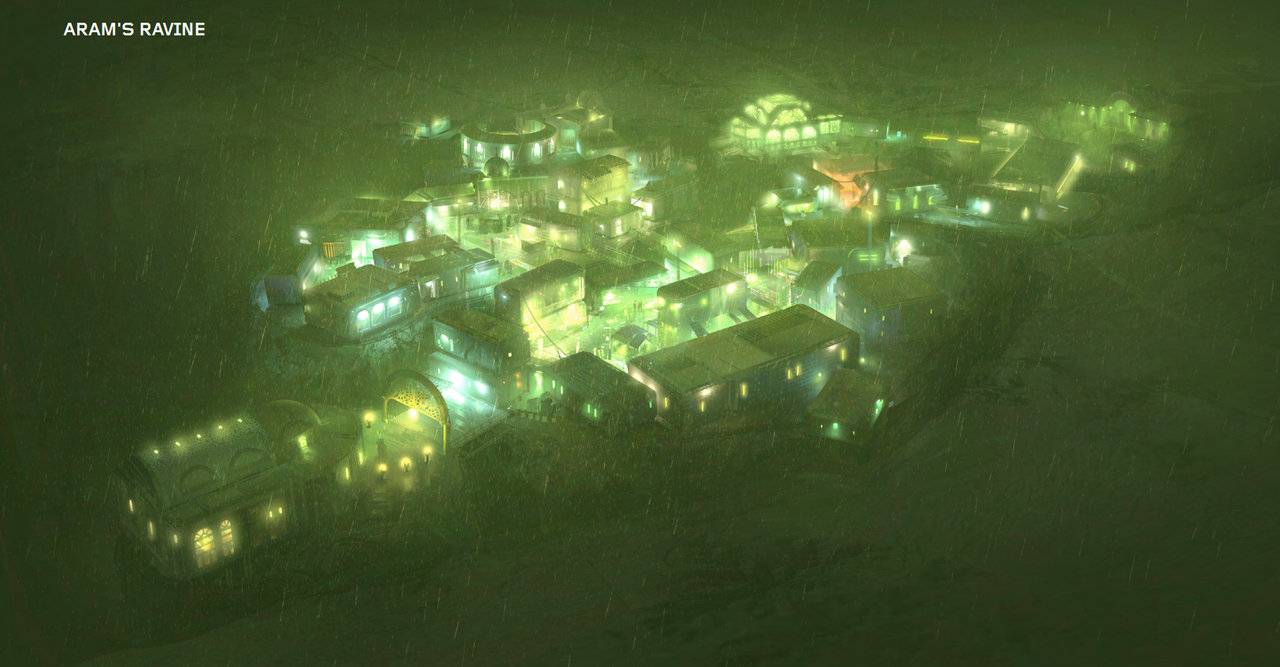
OOC:
I'll assume that you continue on the journey unless it's decided otherwise.
The sensor buoy continues to transmit data to the Riyad for another few hours until the feed is suddenly cut. The last bits of data you receive show Al-Lamiya stop to study the buoy... and then nothing.
The remainder of the trip to Jina passes uneventfully. You make a slight course correction to avoid a micro-meteor shower, but otherwise the journey is blissfully quiet. As is typical of the ship's operations, the crew keeps busy with ship duties or personal tasks, and Riya rotates shifts with some of the bridge crew to ensure that everyone gets a chance to eat and sleep before arrival. A few other vessels occasionally appear for a moment on your sensors but most seem to be heading rimward toward Coriolis, which isn't surprising on such a high-traffic spacelane.
Without the usual signifiers of time's passage, such as the day-night cycle of living planetside, traveling through space can often feel strangely bereft of a beginning or end. Hours bleed together, but shift rotations and crew duties help to cement a feeling of regimentation and regularity. Sleeplessness resulting from disruption of the circadian rhythm is also a common problem in outer space, though the Riyad is equipped with special wavelength artificial lighting to help combat this issue. Ultimately, you are all relatively used to the physical and psychological rigors of space travel, so a short intra-system trip like this one is nothing.
By second watch of the following day (mid-afternoon in Coriolis time), Jina and its moon are close enough to see on the Riyad's viewscreen. The planet hangs in the darkness of the void like a pale olive-colored marble. It's smaller than Kua, and although both worlds are distinctly green in color, the shades are very different. Kua is a vibrant kind of emerald green that one would expect to see from a lush jungle planet teeming with biodiversity and plant life. Jina, on the other hand, has a sickly yellowish-green hue that reminds you of vomit. Even at just a glance, the place looks…
unhealthy. Its skies are thick like pea soup; the world is shrouded in an opaque acidic miasma of sulfur dioxide that prevents a clear view of the surface. In a few regions of the planet, swirling cloud formations are visible in the upper atmosphere, indicating the presence of powerful meteorological events - most likely hurricane-sized acid storms. Automated weather advisories from Aram's Ravine urge caution when going planetside, and you get the sense that this kind of weather is commonplace for the planet.
Roughly 230,000 miles away from the acid planet is
Cala Duriha, Jina's one and only moon. Although gray and forlorn-looking, you know that the moon is the site of several luxury lunar settlements and resorts. The Riyad's sensors detect a myriad of vessels parked in the moon's orbit - several freighters, as well as a number of high-end barges and solar yachts. In contrast to a no-man's land like Jina, Cala Duriha is a popular playground for tourists, especially the wealthy elite of the Consortium and the Hegemony. What few supplies make it to Jina are usually scraps leftover from shipments that couldn't be fully offloaded at Cala Duriha.
OOC:
@Tarek, please give me a Pilot + Agility roll.




